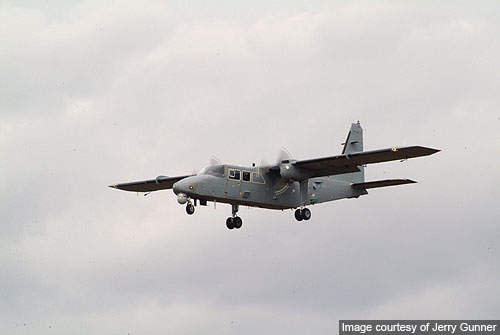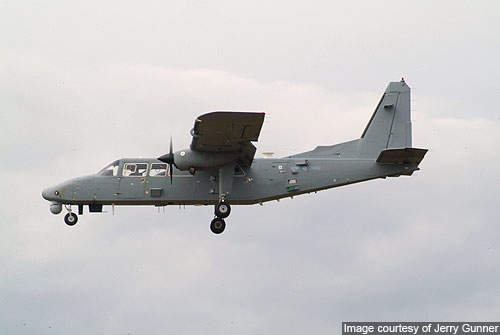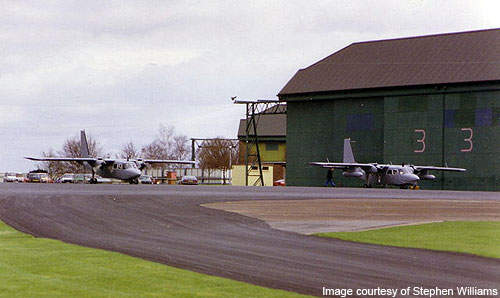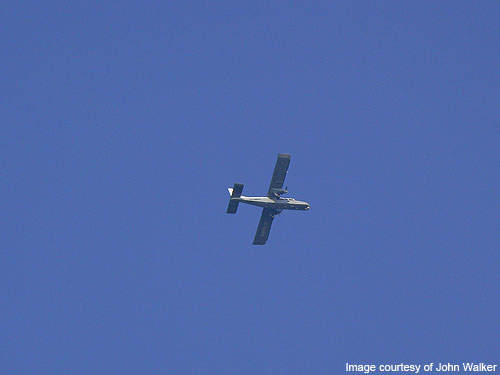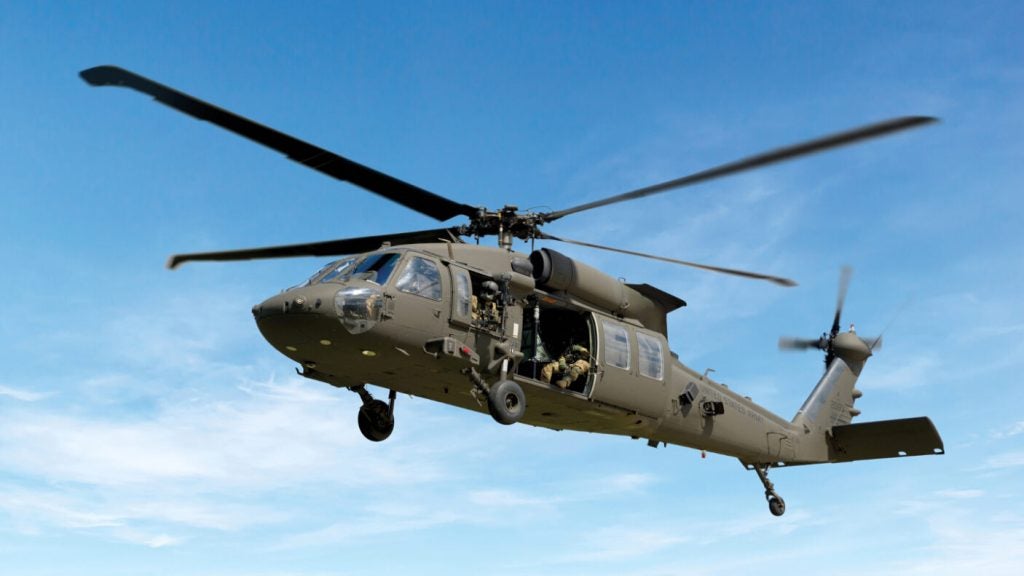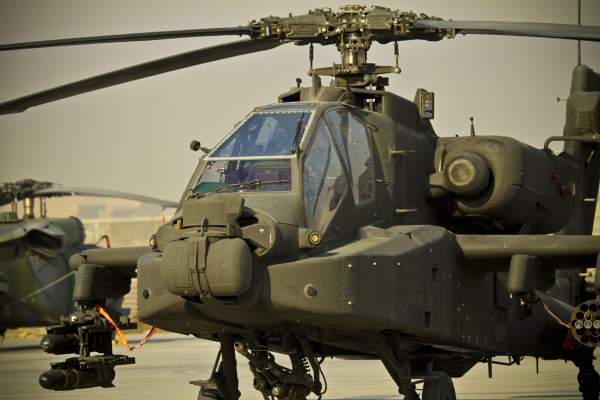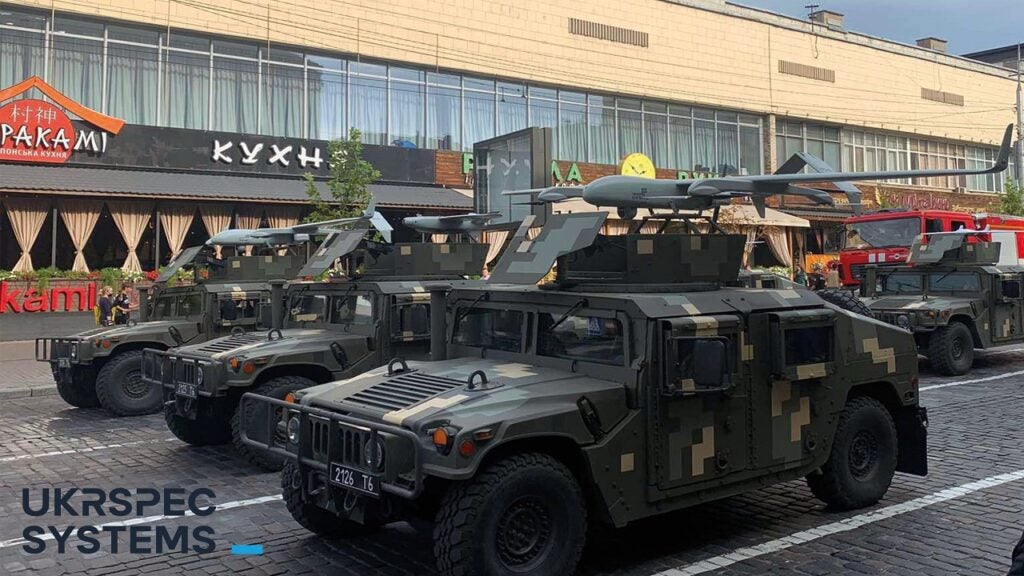The BN-2T-4S Defender 4000 is a surveillance aircraft manufactured by Britten-Norman of the UK. Derived from the Islander twin turboprop aircraft, BN-2T-4S Defender 4000 is an improved version of the BN2T Defender aircraft. The Defender 4000 can fly long distances compared to any twin turboprop in its class.
The Defender 4000 prototype completed its maiden flight in August 1994. The first BN-2T-4S Defender 4000 was launched at Farnborough Air Show in September of the same year. It entered service with the Irish Garda Air Support Unit in September 1997.
Defender 4000 surveillance aircraft development
In 2003, the British Army placed an order for three Defender 4000 aircraft. The first aircraft was handed over nine months after contract award. These aircraft are fitted with under-wing weapon points and an electro optical turret under the nose. The aircraft are mainly used in Northern Ireland by the Army Air Corps.
Defender 4000 can be deployed in utility transport, battlefield intelligence, frontline support, counter-insurgency and light attack, homeland security, casualty evacuation, maritime counter-terrorism, coastal / boarder patrol and reconnaissance missions. The aircraft operates from short, unprepared runways in all weather conditions during day and night.
BN-2T-4S Defender 4000 design and features
BN-2T-4S Defender 4000 has an extended fuselage, larger wings, enhanced visibility cockpit and cabin over the BN2T Defender. The fuselage is made of aluminium alloys.
Defender 4000 was designed to carry modern navigation and sensor equipment including a thermal imaging camera, search radar and other optional equipment. A high performance 360° rotating antenna is housed in a new nose structure. The aircraft is optionally fitted with a sliding door, blister windows and full-length sliding seat rails or cargo tie-down points.
Cabin
The cabin can accommodate two crew members and six passengers. It incorporates airline style crew seats with sliding seat rails for the flexible placing of seats and equipment across the cabin. Sufficient space is provided along one side of the cabin to accommodate two operators and consoles. Various displays are housed in the two operator consoles.
Avionics
Defender 4000 is equipped with modern avionics, electronic flight instrument system (EFIS) and sophisticated communications equipment. The aircraft is designed to carry the most advanced navigation and sensor equipment such as thermal imaging cameras.
The aircraft features an airborne tactical observation & surveillance system. The system integrates the Seaspray 700E surveillance radar, a passive littoral surveillance system, Titan 385 multisensor turret and a mission management system.
Armament
Under wing pylons can carry wide range of weapon systems such as Sea Skua missiles, rockets, torpedoes, gun pods, marker bombs, smoke bombs, reconnaissance flares and chaff launchers. The aircraft can be equipped with a directional infrared countermeasures system.
Radars
The nose section can be modified to accommodate a three axis FLIR ball and 120° sector scan surface search and weather radar. High resolution cameras can also be fitted in the floor or doors through openings.
Engines
The Defender 4000 is powered by two Rolls-Royce 250-17F/1 turboprops. Each engine is flat rated at 400shp. It is a latest generation turboprop derived from the M250-C20R+ turboshaft.
The two-shaft engine integrates four to six-stage axial and single-stage centrifugal compressors, a two-stage low pressure turbine, a two-stage high pressure turbine with a hydro-mechanical fuel control system and a gearbox.
Performance
Defender 4000 has a maximum take-off weight of 3,855kg. The aircraft can carry a maximum paylod of 724kg with maximum fuel. It can fly at a maximum altitude of 25,000ft. The maximum rate of climb of the aircraft is 1,250ft per minute.
The aircraft has a maximum cruise speed of 326km/h, and stall speeds of 98km/h (flaps up) and 87km/h (flaps down). The IFR (instrument flight rules) range of the aircraft is 1,595km. The aircraft can patrol over 7,000km² in one flying hour and has a maximum endurance of around eight hours.

